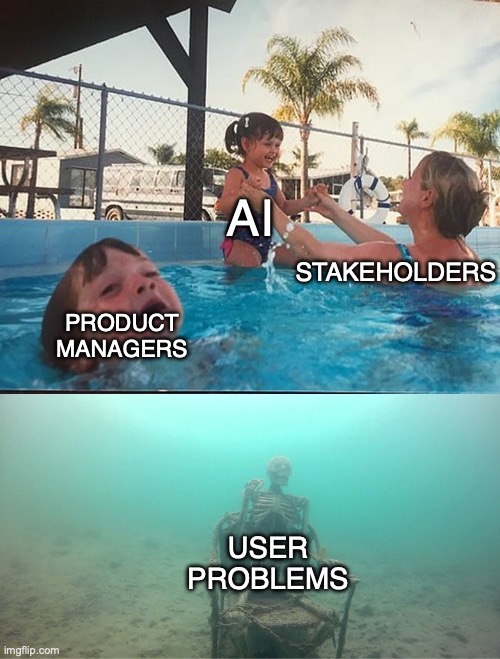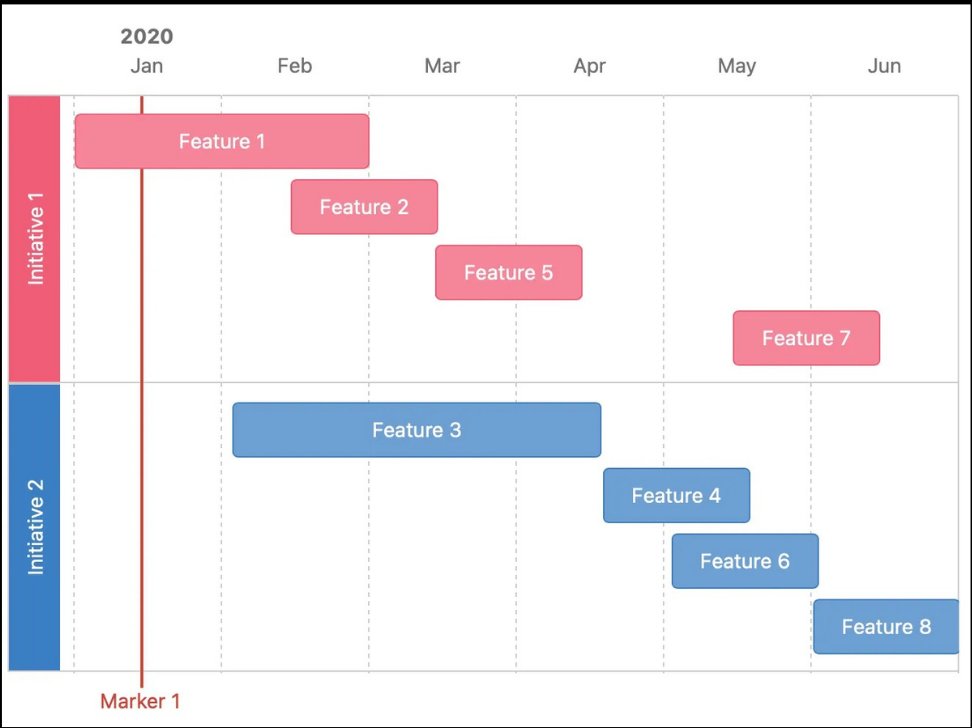
Product Coach & Founder of @ProductPathways - Helping product people have greater impact and companies shift to the product model 🚀
How to get URL link on X (Twitter) App


 We hit a wall, there's resistance. The Stakeholder can't understand why they need to give a problem, when they have this amazing solution idea (after all it's an awesome idea, right?)
We hit a wall, there's resistance. The Stakeholder can't understand why they need to give a problem, when they have this amazing solution idea (after all it's an awesome idea, right?)
 For example, let's take a look at the product process through the lens of the product trio.
For example, let's take a look at the product process through the lens of the product trio.
 We hit a wall, there's resistance. The Stakeholder can't understand why they need to give a problem, when they have this amazing solution idea (after all it's an awesome idea, right?)
We hit a wall, there's resistance. The Stakeholder can't understand why they need to give a problem, when they have this amazing solution idea (after all it's an awesome idea, right?)
 All valid questions but they all have one problem.
All valid questions but they all have one problem.



 A stakeholder has come back from a conference or read one of the latest Forbes article and they’re pumped to jump on the latest trend.
A stakeholder has come back from a conference or read one of the latest Forbes article and they’re pumped to jump on the latest trend.
 ⬇️ Top-down:
⬇️ Top-down:

 💰 Viability Risk:
💰 Viability Risk:
 What had happened was the trainer had pulled out 24 hours before they were scheduled to start.
What had happened was the trainer had pulled out 24 hours before they were scheduled to start.
 1) ⏰ Timeline Roadmap
1) ⏰ Timeline Roadmap

 @ProductPathways 🎨 Graphics and templates:
@ProductPathways 🎨 Graphics and templates:
 @ProductPathways -What makes one-on-ones the most valuable for you?
@ProductPathways -What makes one-on-ones the most valuable for you?
 'No' without context can damage relationships and lose buy-in.
'No' without context can damage relationships and lose buy-in.
 OKRs are the things we’ve chosen to ‘change’ (either be improve, reduce, achieve, etc)
OKRs are the things we’ve chosen to ‘change’ (either be improve, reduce, achieve, etc)
 🧠 Share consciousness
🧠 Share consciousness 
 During a Pre-Mortem the team and relevant parties will seek to predict what might go wrong and then work backwards to identify ways in which they could mitigate those things from happening.
During a Pre-Mortem the team and relevant parties will seek to predict what might go wrong and then work backwards to identify ways in which they could mitigate those things from happening.
 1️⃣ User story Map
1️⃣ User story Map

 Market, customer, business needs and priorities change over time. The product changes too.
Market, customer, business needs and priorities change over time. The product changes too.